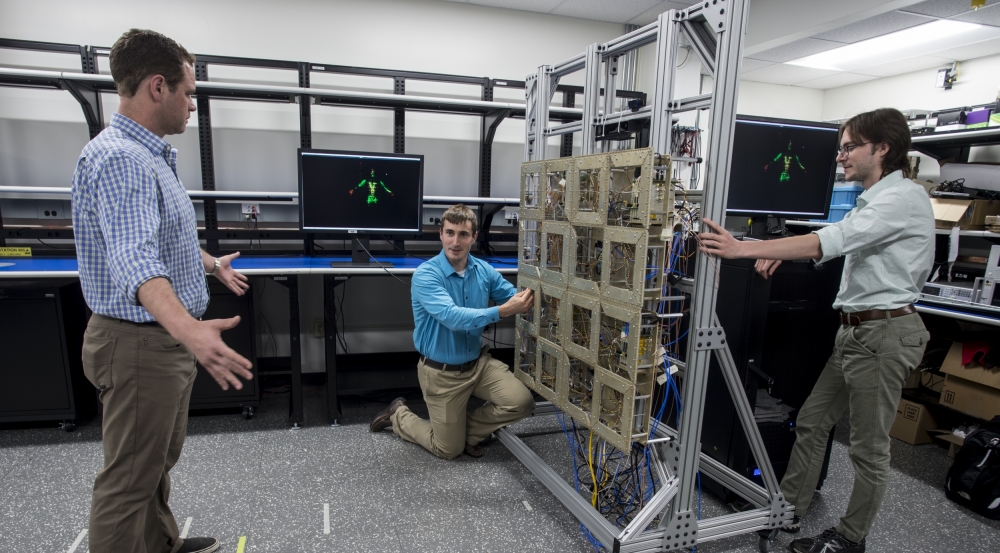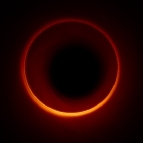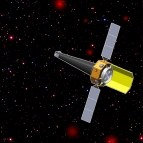Video-Rate Standoff Microwave Imaging System

Lincoln Laboratory is developing a standoff microwave imager for detecting threat items concealed on people traveling in high foot-traffic environments, such as mass transit systems and arenas. The technology consists of a set of antennas installed on flat panels that can be placed on walls or in corridors. The antennas emit safe, non-ionizing, low-power radio signals as subjects pass by. The signals penetrate clothing and bag materials but reflect off metals, plastics, and liquids. The antennas then capture these reflections, and algorithms process them to form a radar image, revealing concealed items. Staff are currently developing processing algorithms to automatically detect threat items in the images. These algorithms are necessary both to preserve subjects' privacy and to enable security to be alerted quickly of a threat. The system operates at video rate, providing an image every 0.1 seconds, allowing it to handle a constant stream of subjects.




